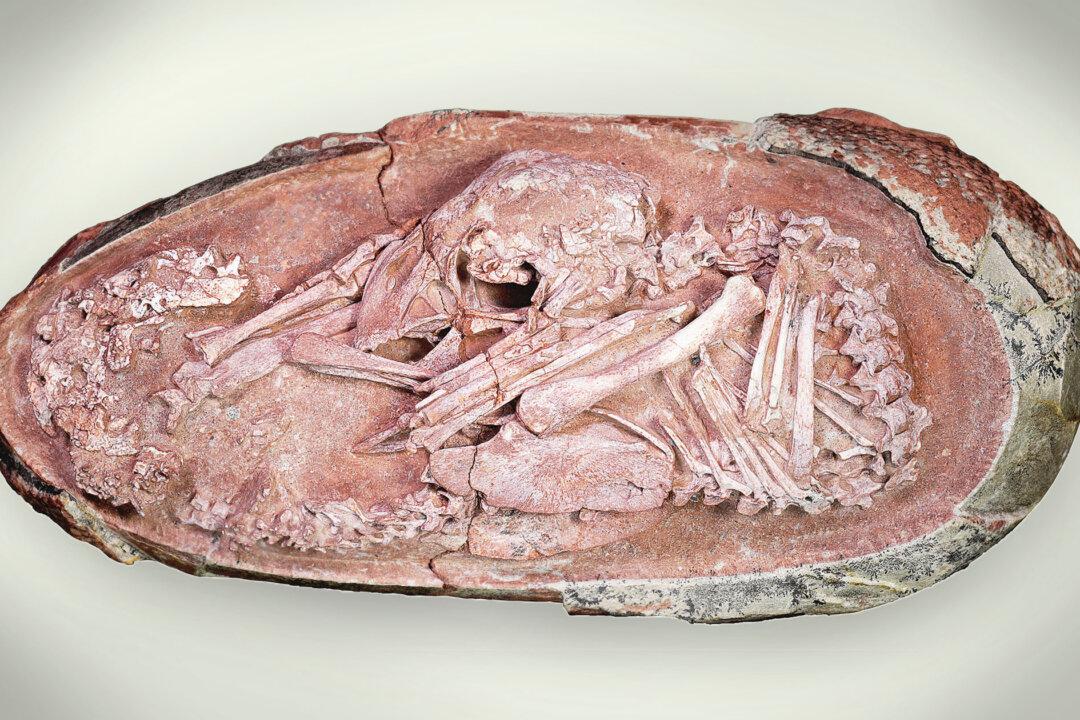A fossilized egg has been found to contain the remains of the world’s most complete baby dinosaur just before hatching.
The exquisitely preserved embryo was “lying like a bird” in a distinctive tucking posture.

A fossilized egg has been found to contain the remains of the world’s most complete baby dinosaur just before hatching.
The exquisitely preserved embryo was “lying like a bird” in a distinctive tucking posture.